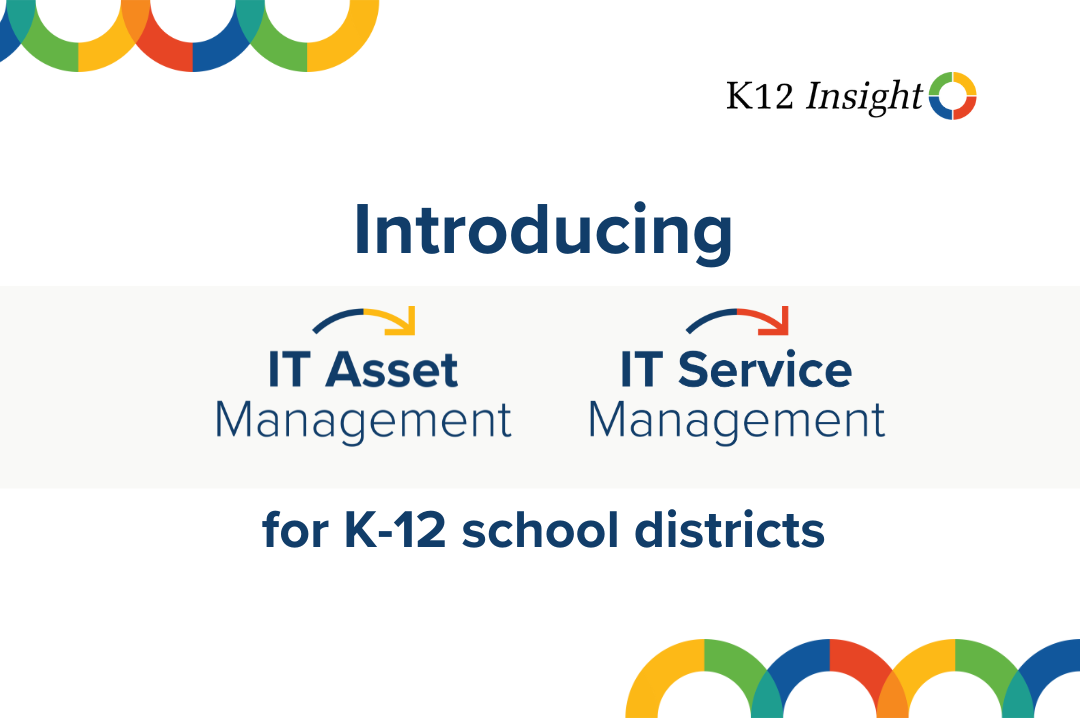
Why Process Efficiency Is the Key to Better Service in K-12 Schools
How outdated workflows and disconnected teams contribute to staff and parent frustration and what districts can do to fix it.
It’s time for public schools to take a page from the business world and learn to view every customer interaction as a meaningful moment. Whether it’s a parent looking for a bus schedule update, a teacher submitting a tech ticket, or a student seeking help, the way your district responds directly shapes the customer experience.
Yet for many districts, internal processes are anything but efficient. Behind the scenes, your staff is often juggling multiple disconnected systems, repetitive tasks, and overflowing inboxes just to stay afloat. At the end of the day, service suffers and both customers and staff are left feeling frustrated. Over time, these feelings compound and increase the risk of both student enrollment and staff retention.
In this post, we explore how process inefficiencies negatively impact school operations, what “key processes” actually look like in a district, and how forward-thinking leaders are driving real improvements without adding more work to anyone’s plate.
The Hidden Cost of Inefficiency in Schools
It’s not always visible from the outside, but inefficient workflows have a ripple effect that reaches every corner of your district. Common symptoms include:
- Time lost to manual tasks: Staff spend hours filling out forms, re-entering data, or managing information across siloed systems leaving less time for student-facing priorities.
- Frustrated families and staff: Delayed responses erode trust in the district.
- Stress and turnover: The pressure to do more with less is real. According to Gallup, 44% of K-12 workers report feeling burned out, which is more than any other industry.
These challenges aren’t just operational, they affect service quality, employee retention, and community satisfaction.
What Are “Key Processes” in a School District?
Key processes are the critical, everyday workflows that keep your district running. They often involve multiple departments and stakeholders and when they break down, everyone feels the impact.
Some of the most common key processes in schools include:
- Technology and IT: Managing devices, resolving login and connectivity issues, maintaining software systems, and ensuring classroom tech works seamlessly.
- Student Services: Supporting students’ academic and emotional well-being through counseling, special education services, discipline tracking, and other support functions.
- Safety and Security: Coordinating emergency communications, managing incident reporting, and maintaining secure campuses to keep students and staff safe.
- School Campuses and Facilities: Overseeing day-to-day maintenance, responding to service requests, and ensuring schools are clean, functional, and conducive to learning.
- Transportation: Managing bus routes, communicating delays or changes, and responding to parent inquiries and safety concerns.
- Human Resources: Handling applications, onboarding, benefits, leave requests, and internal communication to support and retain staff.
- Academic Services: Coordinating curriculum development, instructional support, assessments, and professional development across grade levels and schools.
- Central Office Administration: Streamlining communication, records management, policy implementation, and coordination across district departments and leadership.
When these processes are handled with outdated tools or inefficient workflows, it becomes harder to serve families well and for department leaders to support their teams internally.
What High-Performing Districts Do Differently
Districts that lead with efficiency aren’t just adopting new tech for tech’s sake. They’re strategically redesigning how work gets done, with a focus on improving both staff experience and family satisfaction.
Here’s what that looks like:
- Processing all inbound inquiries in a centralized inbox: Instead of families contacting different offices for different issues, high-performing districts use a single system for all inbound questions — from transportation updates to tech support — ensuring nothing slips through the cracks.
- Automated routing and workflows: Parent inquiries, teacher requests, or staff questions are automatically routed to the right person or department, cutting down delays and confusion.
- Real-time service metrics: District leaders track key indicators like average response time, ticket volume, and resolution rates to identify gaps and improve service delivery across schools.
- Cross-department coordination: IT, HR, enrollment, and operations teams work from the same platform, improving collaboration and ensuring a more cohesive support experience for everyone involved.
- Time-saving automation: By automating repetitive, low-value tasks — like resetting passwords or processing form submissions — staff can spend more time supporting students and advancing district goals.
Why Efficiency Matters More Than Ever for Public Schools
Today’s districts are operating under intense pressure including tight budgets, staffing shortages, and increasingly high expectations from families. In that environment, service delays erode trust and confidence.
Investing in process efficiency helps districts:
- Respond faster and more consistently
- Improve clarity in workflows across teams
- Reduce frustration among staff and families
- Deliver a better experience without overwhelming your team
Process efficiency is about working smarter with the resources you already have.
A Smarter Approach to School Service
The good news is that improving efficiency doesn’t require a complete overhaul. It starts with asking the right questions:
- Where are we spending the most time on repetitive or manual work?
- Which processes are difficult to manage consistently?
- Are staff duplicating efforts because systems don’t talk to each other?
From there, look for tools that simplify, not complicate, your workflows. The right solution will automate routine tasks, integrate data across departments, and support your team with technology that works the way they do.
At K12 Insight, we help districts modernize key service processes with Let’s Talk Unified Service desk, an AI-powered solution purpose-built for education. Our platform eliminates busy work, integrates with your existing systems, and empowers your team to respond faster, smarter, and with greater consistency.
Want to learn how greater efficiency can lead to better service across your district?
Subscribe to our Newsletter
Expert tips and customer service insights delivered right to your inbox.
Related Articles



